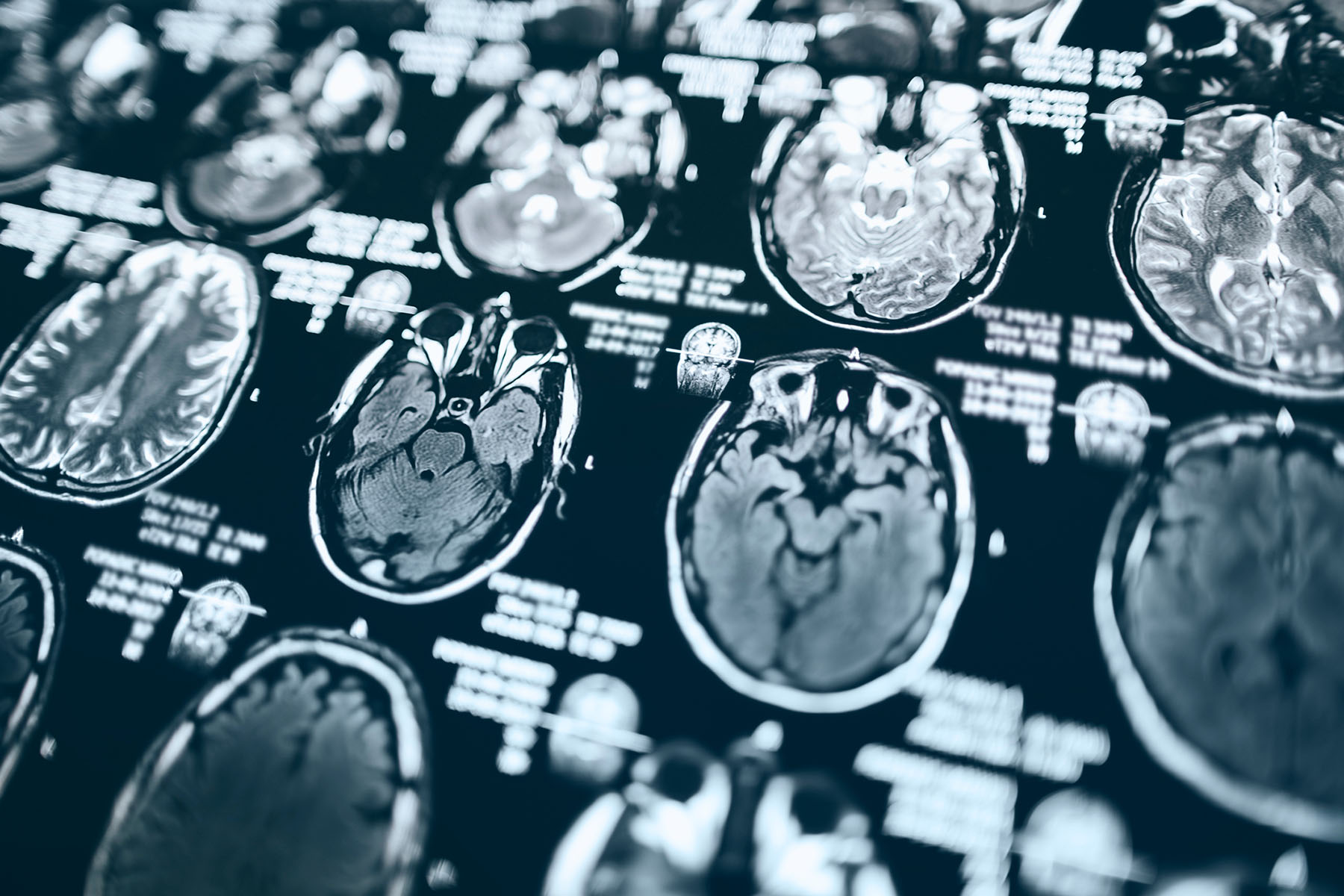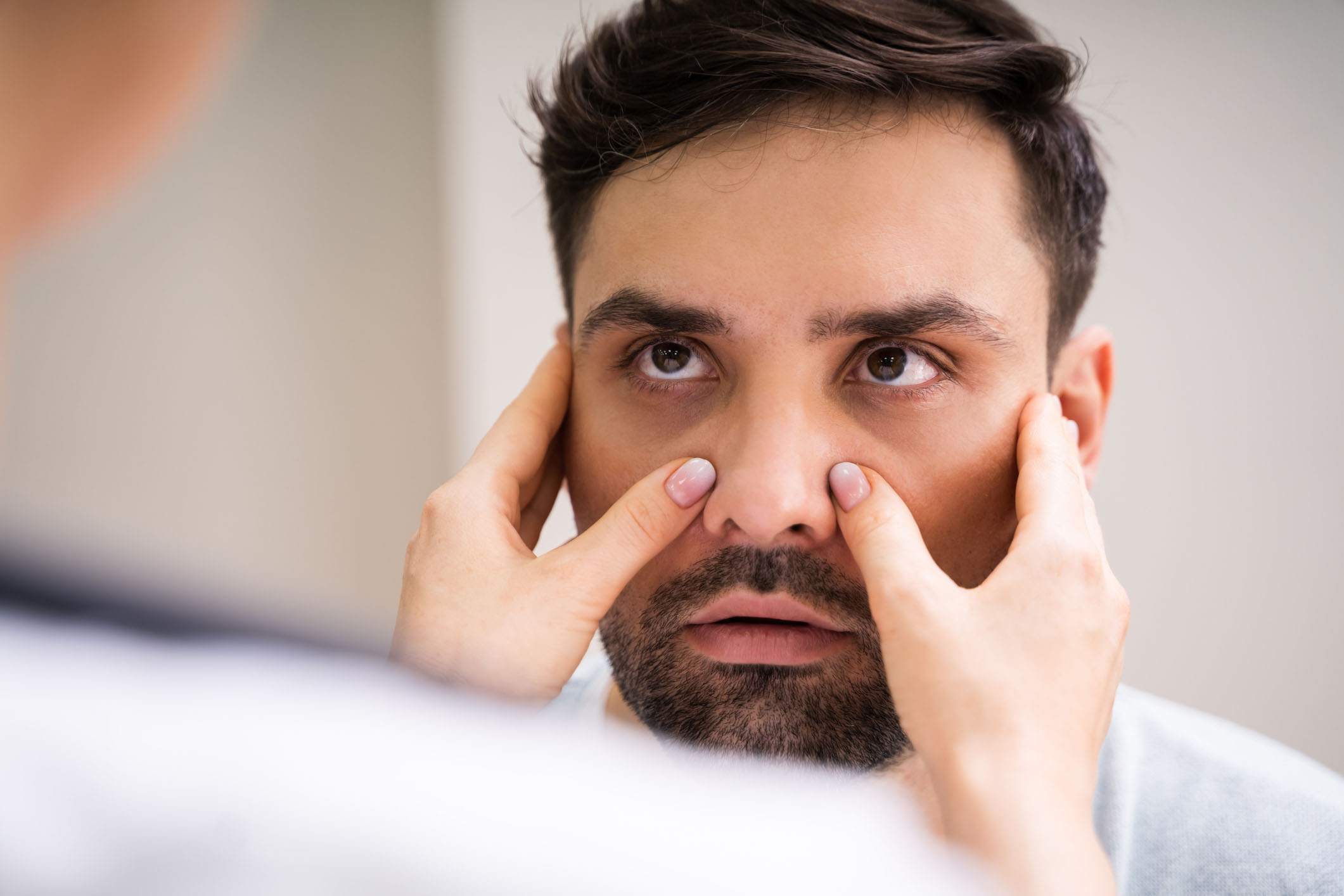Skull base pathology involves diseases affecting the bottom part of the skull, which supports the brain and separates it from the sinuses and facial structures. These conditions can arise inside the skull (intracranial), within the bones of the skull base, or outside the skull (extracranial).







